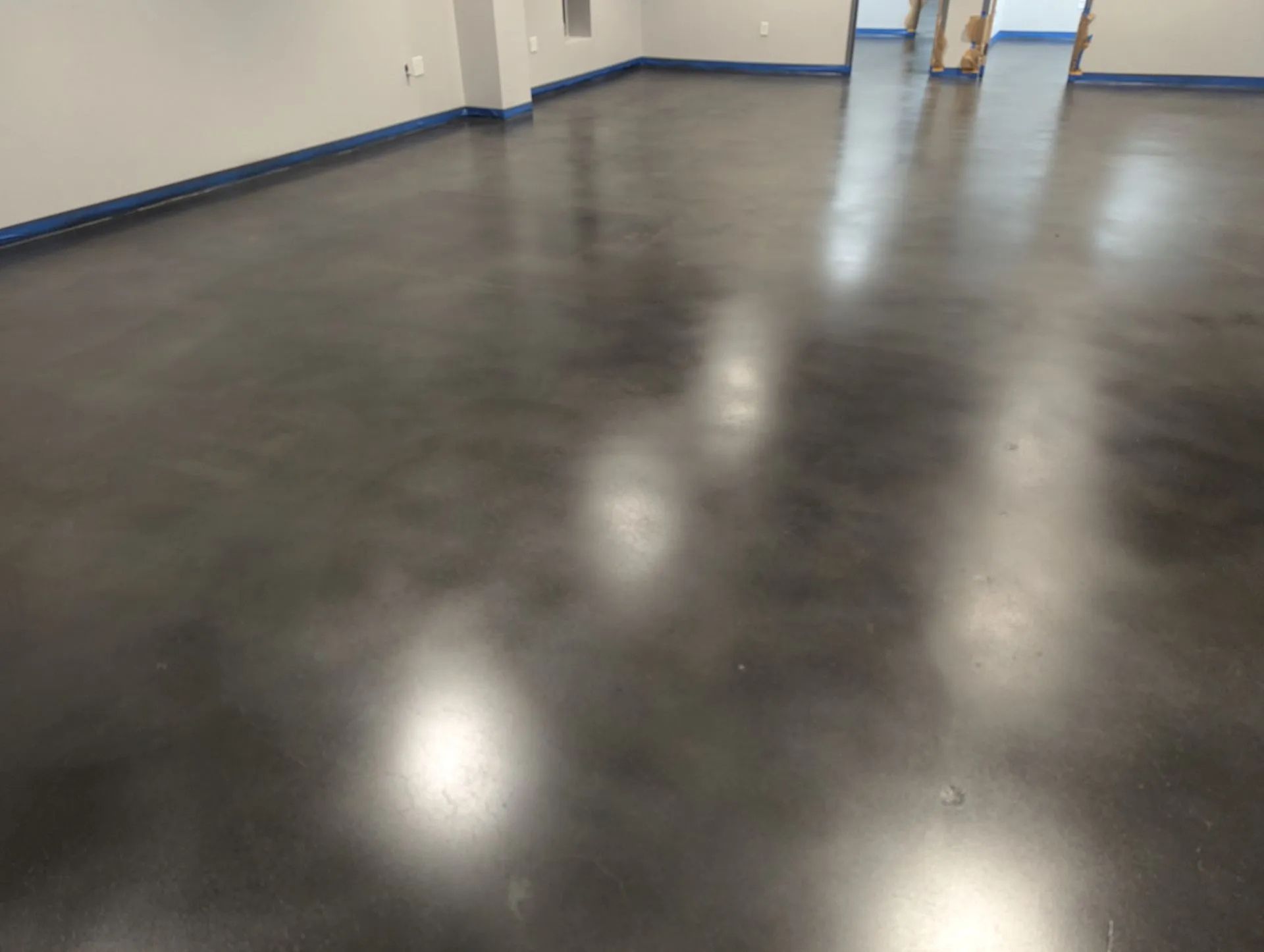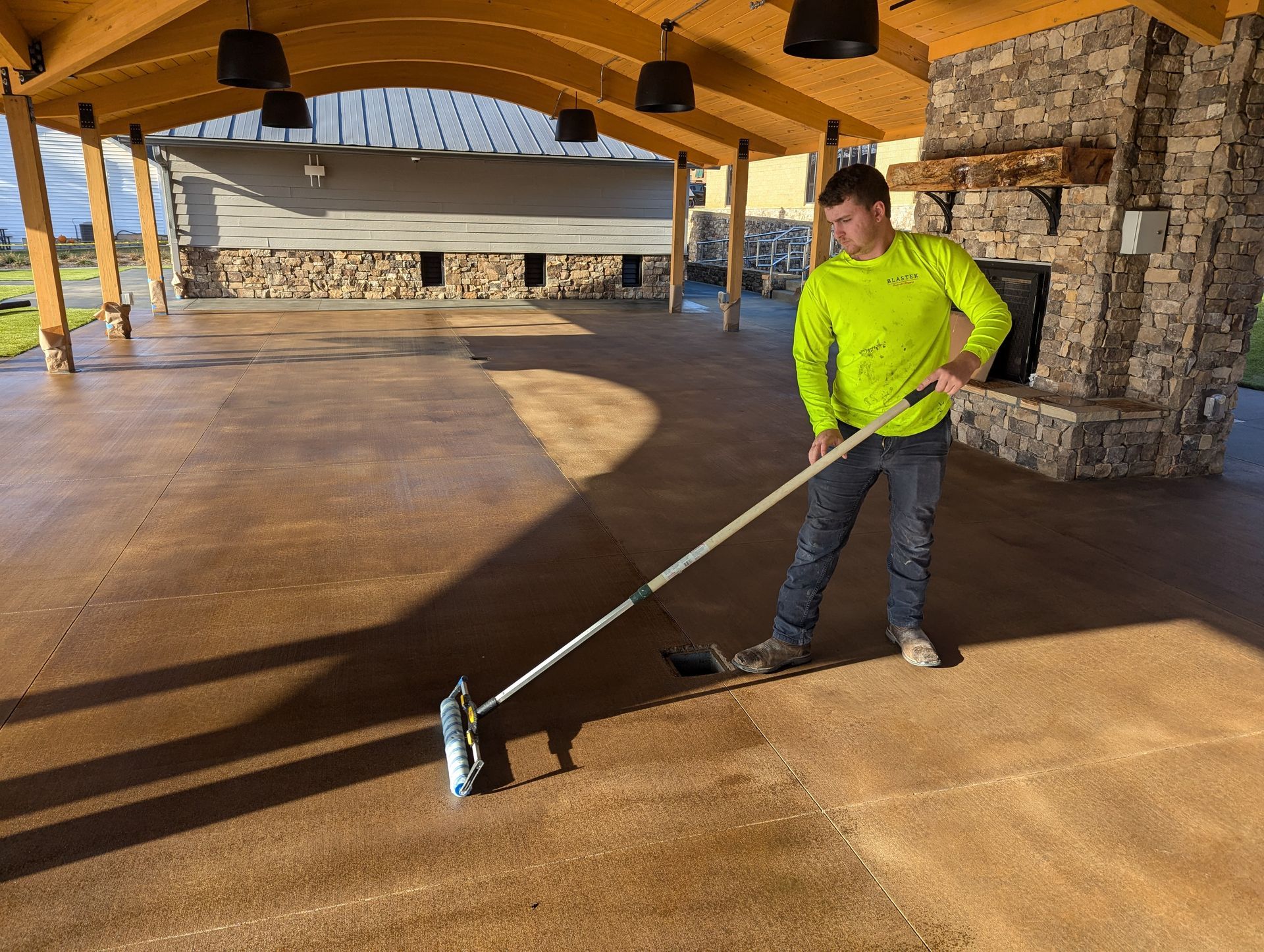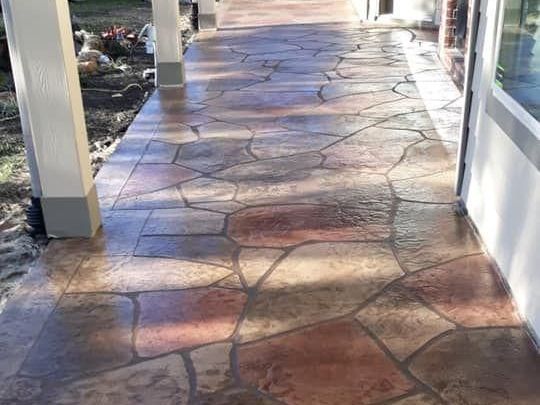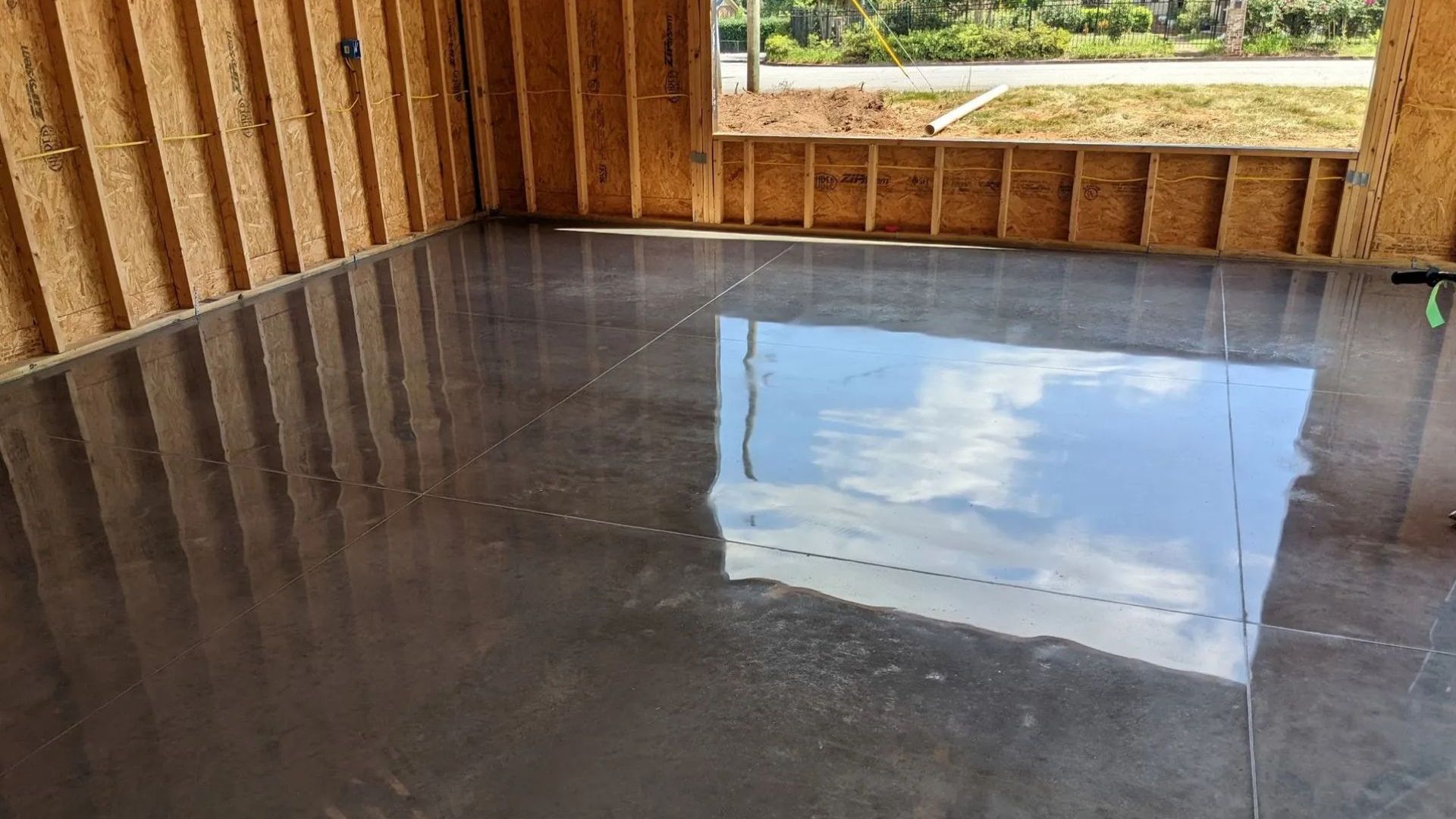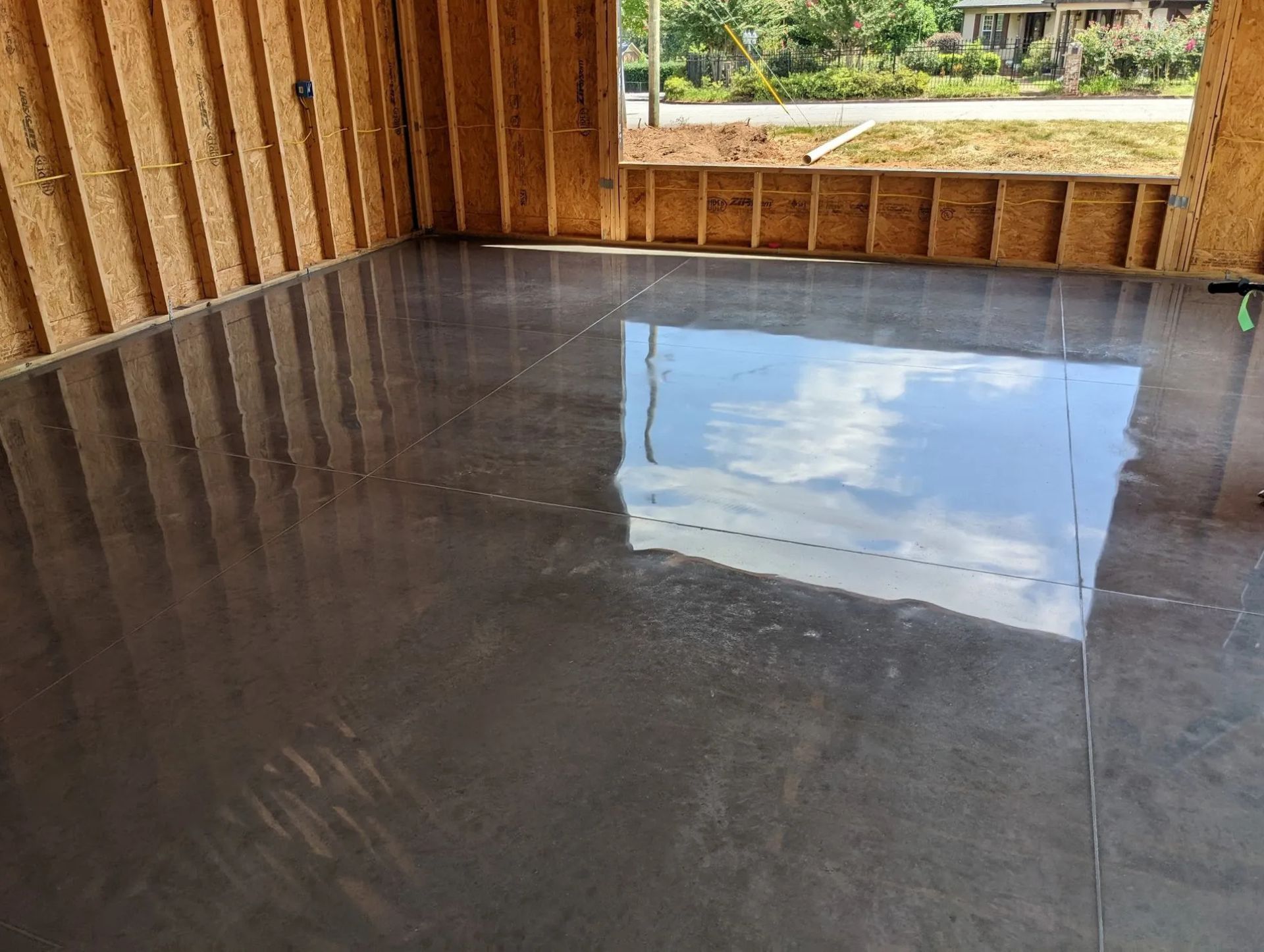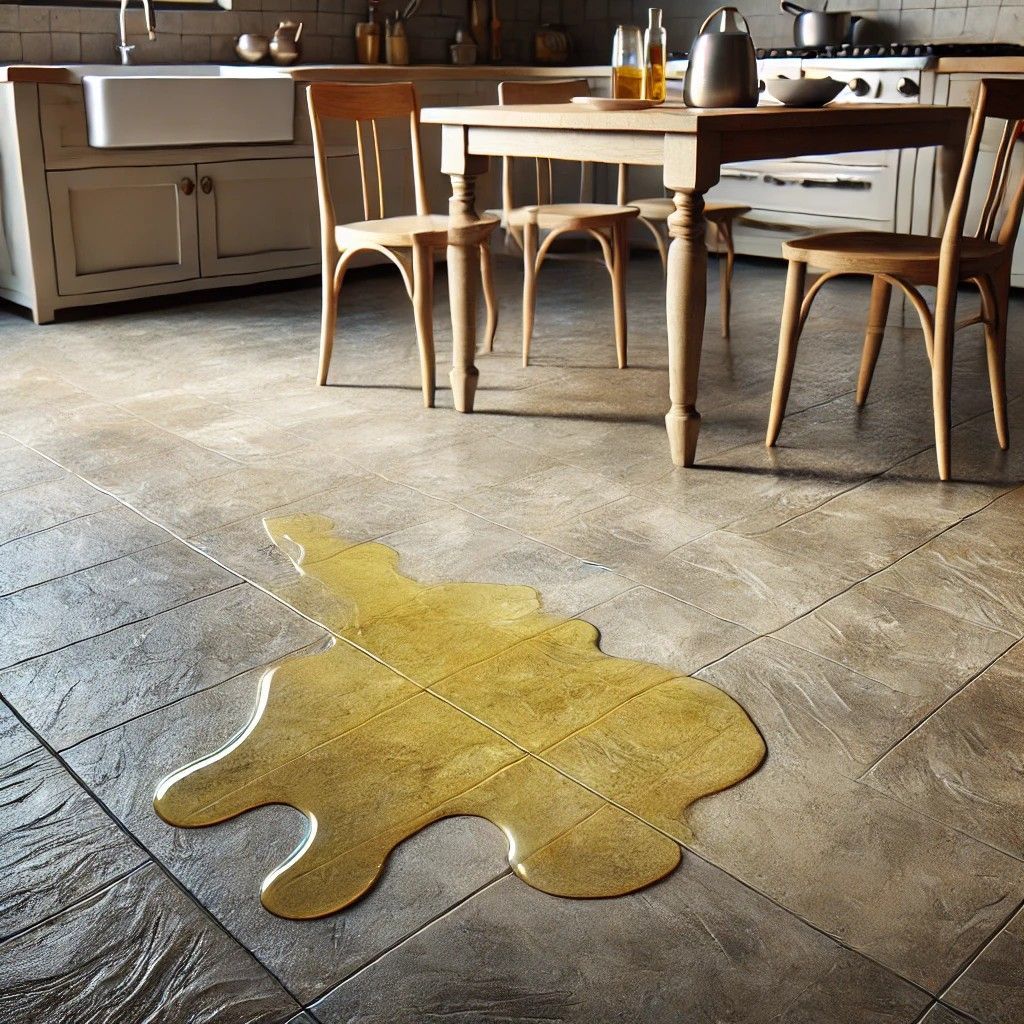Fast-Curing Polyaspartic for Epoxy Flooring Protection
If you're trying to find a floor coating that actually holds up—without waiting days for it to cure—polyaspartic might be exactly what you're looking for. Standard epoxy floors are solid, no doubt, but their cure times can stall a job. For contractors, facility managers, or anyone working on tight timelines, that delay can mean lost productivity, delayed openings, and a big hit to your schedule.
That pain point has led a lot of professionals to ask the same question: what flooring topcoat dries fast but still delivers serious protection? That's where fast-curing polyaspartic steps in. This post explains what polyaspartic is, how it compares to epoxy, and why it's become the go-to finish for high-traffic, time-sensitive flooring jobs.
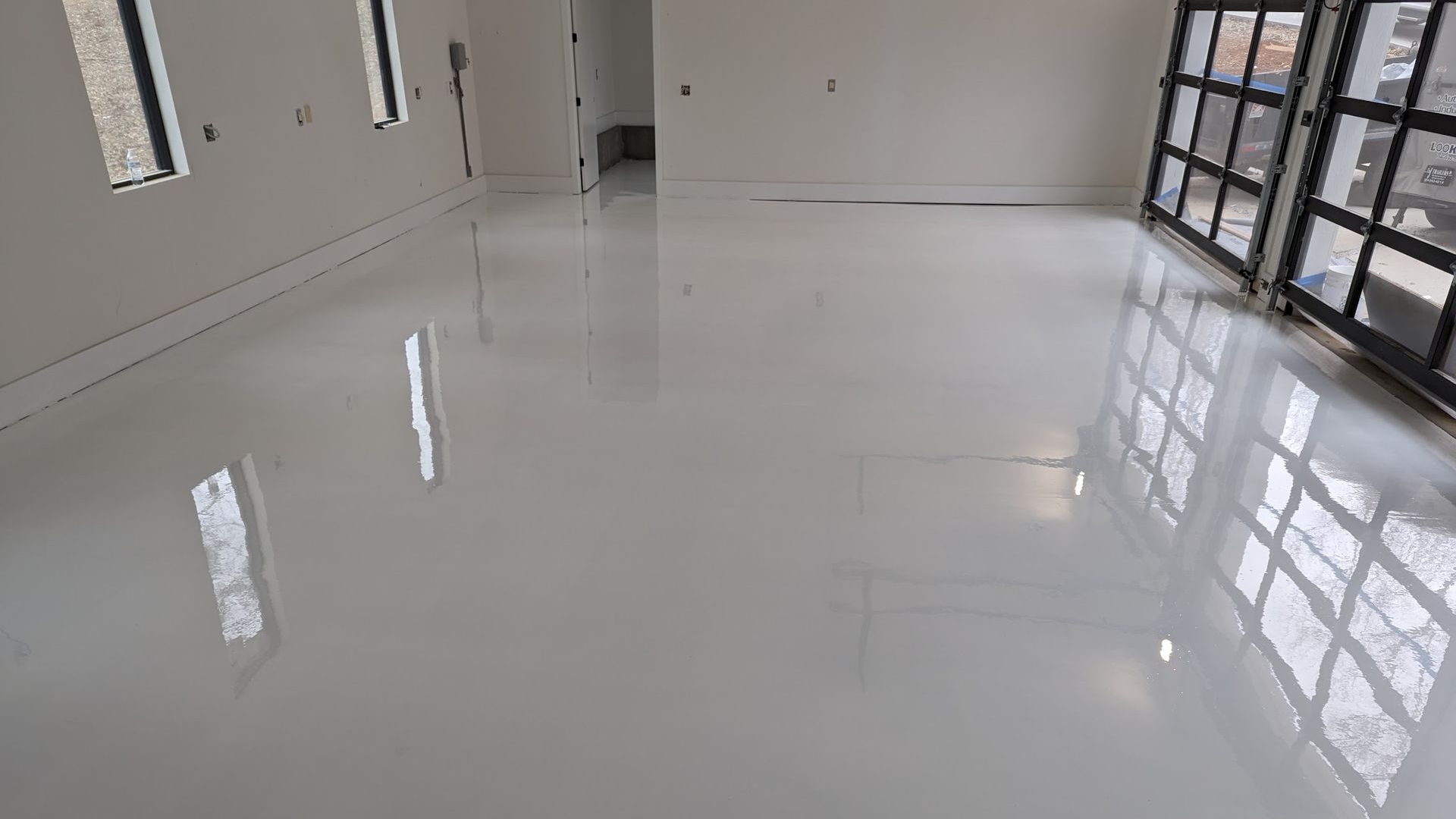
What is Polyaspartic?
Polyaspartic is a type of polyurea coating, originally developed for automotive and industrial applications. It's known for curing fast, resisting abrasion, and handling temperature swings like a pro. Unlike epoxy, which can take 12 to 72 hours to cure fully, polyaspartic coatings can be ready for foot traffic in as little as 1–2 hours
Polyaspartic vs. Epoxy: What's the Difference?
| Feature | Polyaspartic | Epoxy |
|---|---|---|
| Cure Time | 1–2 hours | 12–72 hours |
| UV Stability | Excellent | Poor to moderate |
| Flexibility | High | Moderate |
| Abrasion Resistance | Excellent | Good |
| Chemical Resistance | Excellent | Very good |
| Application Temp Range | 20°F to 100°F+ | 50°F to 85°F |
| Odor | Low | Moderate to strong |
| Appearance | High-gloss, crystal clear | Glossy or matte |
Why Choose Polyaspartic for Epoxy Flooring Protection?
1. Fast Turnaround
Need to finish a job in one day? Polyaspartic coatings let you prep, apply, and reopen the space in record time. That means minimal downtime for commercial properties, warehouses, restaurants, or even busy garages.
2. Superior Durability
Polyaspartic doesn't just dry fast. It bonds well to epoxy and concrete surfaces and handles impact, abrasion, and chemicals better than many traditional sealers. This makes it ideal for high-traffic areas.
3. UV Resistance
Epoxy yellows in sunlight. Polyaspartic doesn’t. If your flooring gets exposed to natural light, polyaspartic will hold its look longer and stay crystal clear.
4. Broad Application Temperatures
Working in cold or hot conditions? Polyaspartic is flexible when epoxy isn’t. It can be applied in a wider range of temperatures, making it a year-round option.
5. Low Maintenance
Once cured, polyaspartic floors resist staining, peeling, and fading. They're easy to clean with a mop and some mild cleaner—no harsh chemicals needed.
Best Uses for Polyaspartic Over Epoxy
- Commercial kitchens: Fast return-to-service with high chemical resistance
- Retail stores: Durable gloss that looks professional
- Warehouses: Handles forklifts and pallet jacks without chipping
- Residential garages: Resists hot tire pickup and oil stains
- Medical facilities: Easy to sanitize and maintain
Installation Tips
- Always check moisture levels in the concrete before applying.
- Make sure the base epoxy is fully cured before layering polyaspartic.
- Use proper ventilation during installation.
- Apply in sections for large spaces to avoid roller marks.
Final Thoughts
Polyaspartic might cost a little more upfront, but its benefits make it worth the investment—especially when time is money. It's not about replacing epoxy. It's about pairing the strength of epoxy with the speed and clarity of polyaspartic to create a floor that lasts and looks good doing it.
Still have questions about polyaspartic or epoxy flooring systems? Talk to the pros at Blastek Concrete Designs. We know how to protect concrete floors the right way—with the right products, installed the right way.



